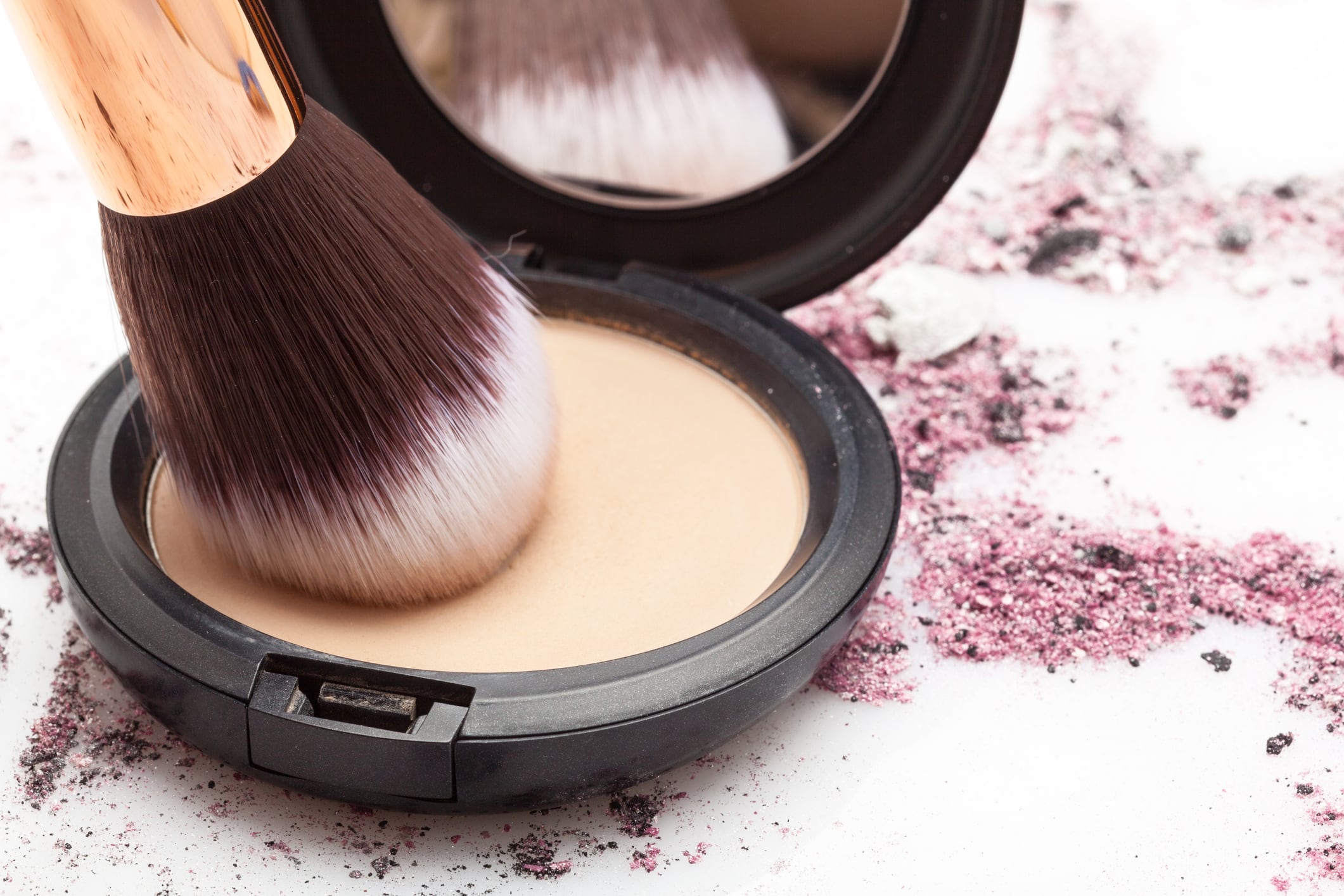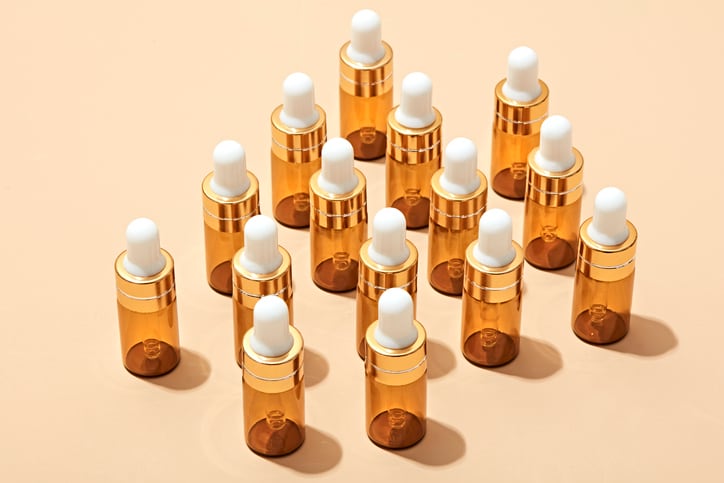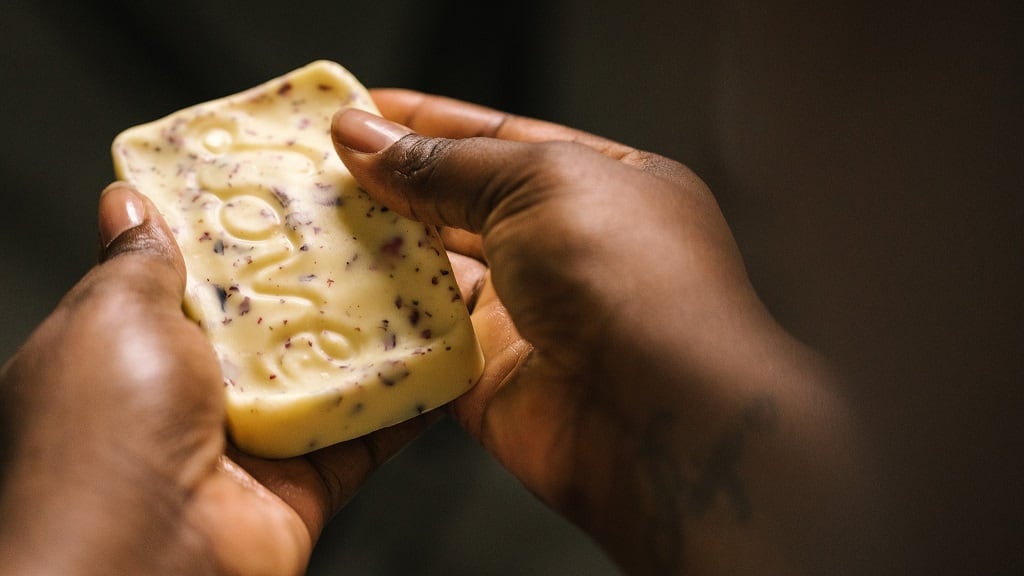In March 2022, market research firm Statista reported that “the global market value for natural cosmetics and personal care expected a positive increase from almost 35 billion dollars in 2021 to roughly 59 billion dollars expected for the year 2031.” Strong growth rates have been consistent in the natural beauty space in recent years, and consumer demand for natural cosmetic and personal beauty care products has similarly remained steady.
Cosmetics companies have responded by offering consumers transparency and variety in their clean beauty offerings – some organizations, like LUSH Cosmetics, have made transparency in ingredient sourcing a cornerstone of their brand, for instance. Others, like U.S. company True Botanicals, have committed to offering a wide range of skin care products produced through the company’s life cycle of sustainability.
Still, other companies are investing efforts into reformulating current product options or developing innovative new cosmetic and personal beauty care products that incorporate natural ingredients. As more natural active ingredients make their way into cosmetic product formulations, natural preservatives have also entered the clean beauty product conversation.
CosmeticsDesign recently spoke with Yashi Shrestha, Director of Science & Research at Novi, a product development company that works with significant cosmetics industry organizations and associations, to learn more about natural preservatives and their place in the thriving clean beauty trend.
Comparison of natural and synthetic preservatives
The first and most important distinction to make when discussing natural and synthetic preservatives, notes Shrestha, is that “just because it is natural does not make it automatically safer, or just because it is synthetic it does not make it less safe.” Consumer perception might be focused on natural ingredients as a preferable alternative to synthetic ingredients, but from a cosmetics manufacturer’s perspective, there are other factors to consider.
When considering ingredient sourcing and sustainability concerns, natural or naturally derived preservatives are “botanicals that are readily available in nature and are derived from renewable resources, posing less risk of hazardous contaminants and serious health hazards.” Synthetic preservatives, in contrast, are generally produced from non-renewable sources like fossil fuels.
As consumers continue seeking more readily available information to make more informed cosmetic product purchasing decisions, they are “looking for products that are more sustainable and better for human health and the environment,” says Shrestha. As a result, “the list of synthetic preservatives that are accepted and still used has greatly reduced.”
For manufacturers of cosmetic products, this means that “there still isn’t a natural preservative that is able to perform the same way as synthetic preservatives,” which is why some companies are still choosing to use synthetic preservatives despite apparent consumer demand for natural options.
Cost-effectiveness of both preservative options
From both the consumer and manufacturers’ perspectives, the cost is always a determining factor in the decision-making process. Given that “natural or naturally derived preservatives are still rather novel in the industry, and there is a significant investment done in research and development for these ingredients,” explains Shrestha, formulation with natural preservatives may result in product costs that are more expensive than synthetically produced options.
Cosmetics manufacturers must also consider these options’ versatility during the formulation process. While working within the constraints of consumer demands for more natural cosmetic products, manufacturers are simultaneously understanding “that a lot of the natural or natural identical preservatives that are in the market today are not broad spectrum,” meaning “formulators may have to use several boosters in the formula.” In turn, this can drive up product costs, which must either be absorbed by the manufacturer or passed to the consumer.
As companies consider future market outlook, noting that “regulations & retailers are increasingly restricting the use of synthetic preservatives that may contain harmful contaminants or have adverse health effects,” it is, therefore, prudent to note the cost of reformulation can be a lot more over time, explains Shrestha.
Shelf life is also essential when judging the cost-effectiveness of natural versus synthetic preservatives in cosmetic and personal beauty care products. Depending on the type and blend of preservatives used, one preservative type may be superior to the other when examining which is more effective under the conditions of the formula.
When considering this factor, “regardless of the type of preservative used, the products must be tested using a preservative challenge test,” said Shrestha. The test “generally evaluates the product for 28-30 days to verify that it is effective in preventing microbial growth before they are launched.”
“Proper protocols must be followed in order to not expose consumers to microbial contamination, which is ultimately the most important,” Shrestha concludes.
Looking ahead to future formulations
While the demand for natural preservatives in cosmetic products is strong, there are multiple essential considerations for manufacturers considering integrating these ingredients into their product formulations. As consumers continue to become better educated in their cosmetic and personal beauty product purchasing decisions, manufacturers must remain current in their understanding of natural preservatives in their application to new and existing product formulations.
With innovation always on the horizon, it will be interesting to see if new natural preservative options are presented to cosmetic manufacturers in the coming months and if natural preservatives continue to trend with consumers in the cosmetics space.





